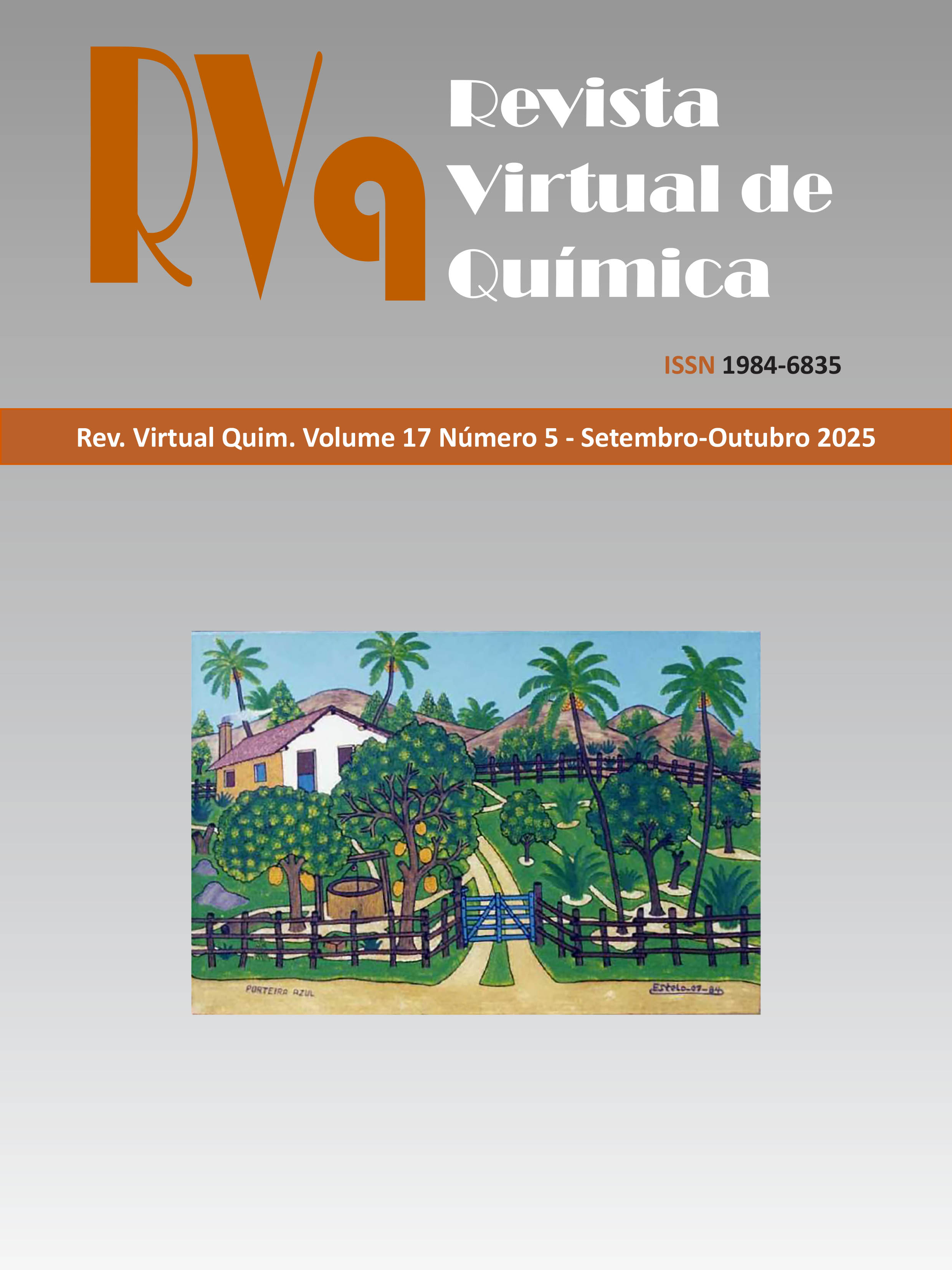Electrodeposition Process of Cobalt Films on Different Gold Substrates
DOI:
https://doi.org/10.21577/1984-6835.20250038Resumo
This work investigates the electrodeposition process of thin cobalt films on three different gold substrates:
CDtrode, Au/Mica, and Au/Silicon. The primary focus is on studying deposition mechanisms through
the variation of the scan rate in cyclic voltammograms. Cyclic voltammetry tests were conducted, and
the data obtained by varying the scan rate showed an increase in cobalt deposition and dissolution areas.
A linear dependence of the peak current on the square root of the scan rate was observed, indicating
that the process was quasi-reversible and diffusion-controlled. The cobalt oxidation process on the
substrate surfaces was diffusion-controlled, according to the log Ip versus log v plot. The Au/Mica
substrate showed a higher reduction peak current than the other substrates, indicating that its catalytic
activity was higher, and that it likely had more active sites available for the reduction of cobalt II ions
to be consumed at the substrate/electrolyte interface. However, the substrates showed promising results
for future work on cobalt film electrodeposition. The study of thin cobalt films is of great importance
in various fields of science and technology, primarily due to their magnetic and electronic properties.
They have applications in magnetic storage, sensors, spintronics, and as catalysts in various chemical
reactions.
Downloads
Publicado
Edição
Seção
Licença
Copyright (c) 2025 Revista Virtual de Química

Este trabalho está licenciado sob uma licença Creative Commons Attribution 4.0 International License.
Autores que publicam nesta revista concordam com os seguintes termos:
Os direitos autorais para artigos publicados nesta revista são do autor, com direitos de primeira publicação para a revista. Em virtude do acesso público, os artigos são de uso gratuito em aplicações educacionais e não-comerciais desde que com reconhecimento da autoria e da publicação nesta revista.

